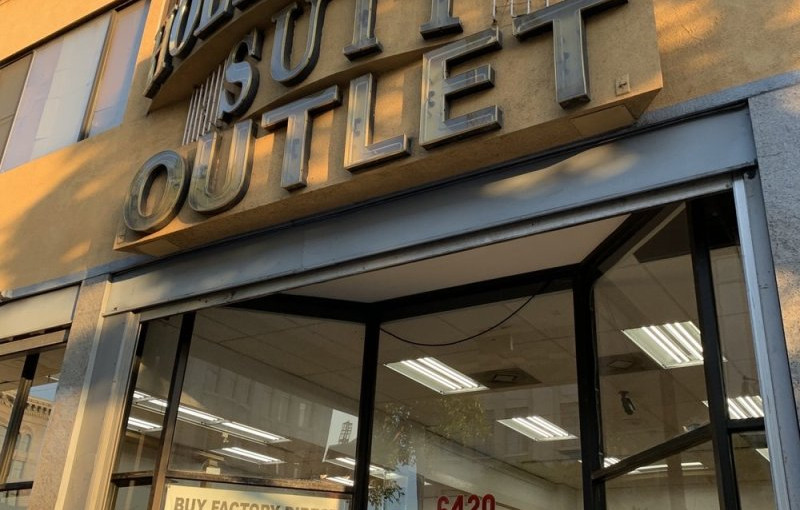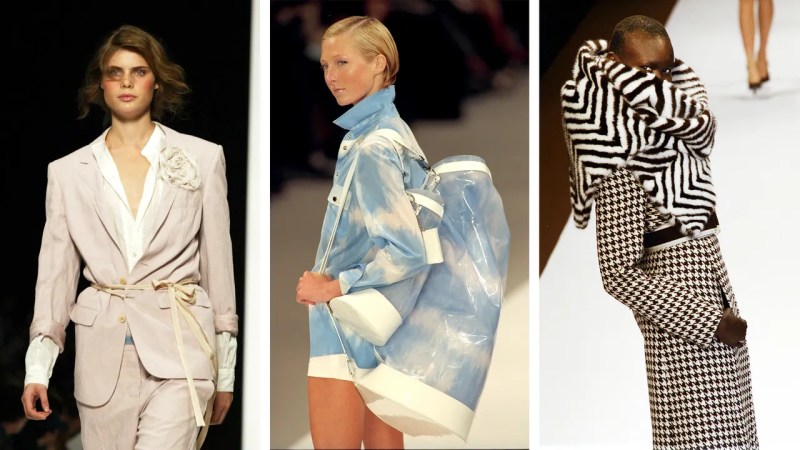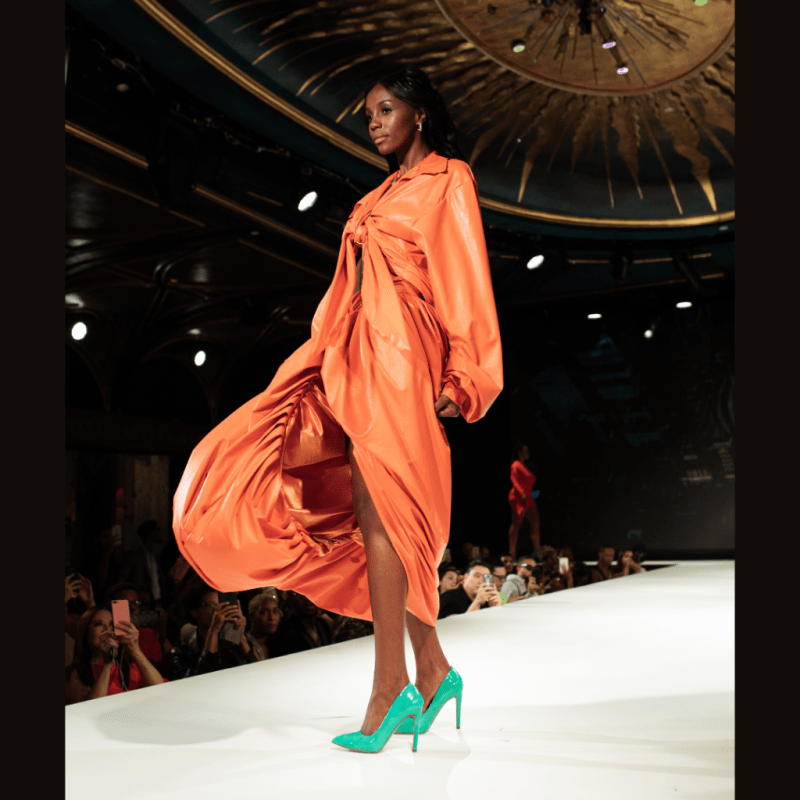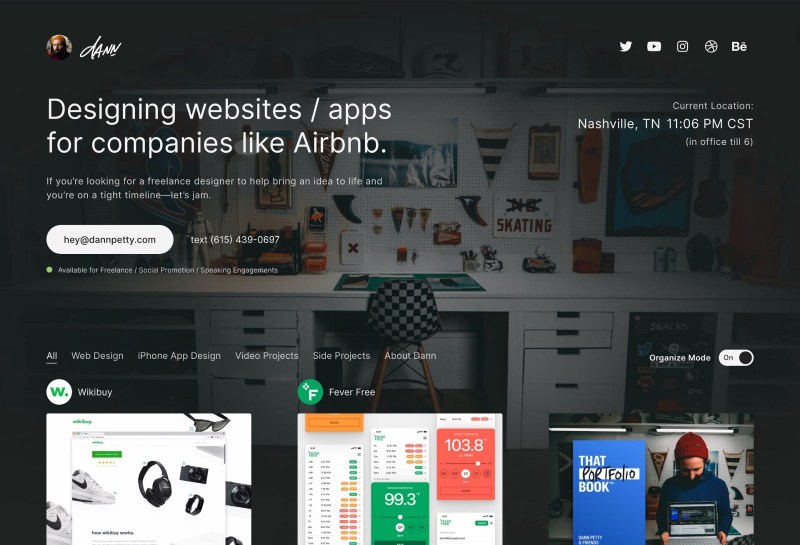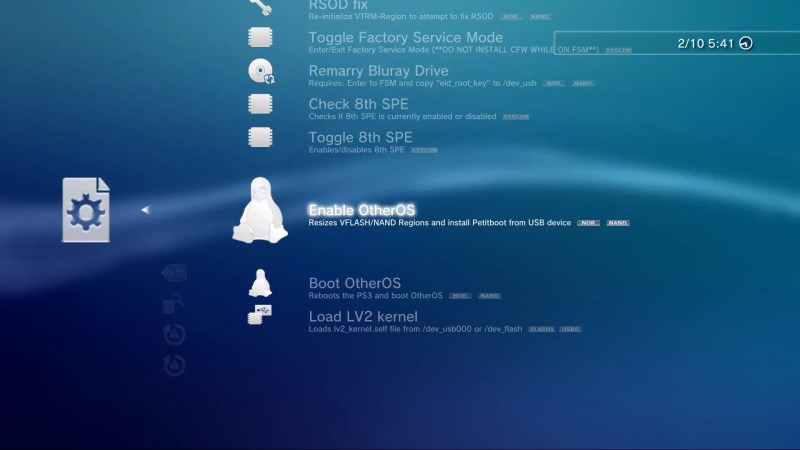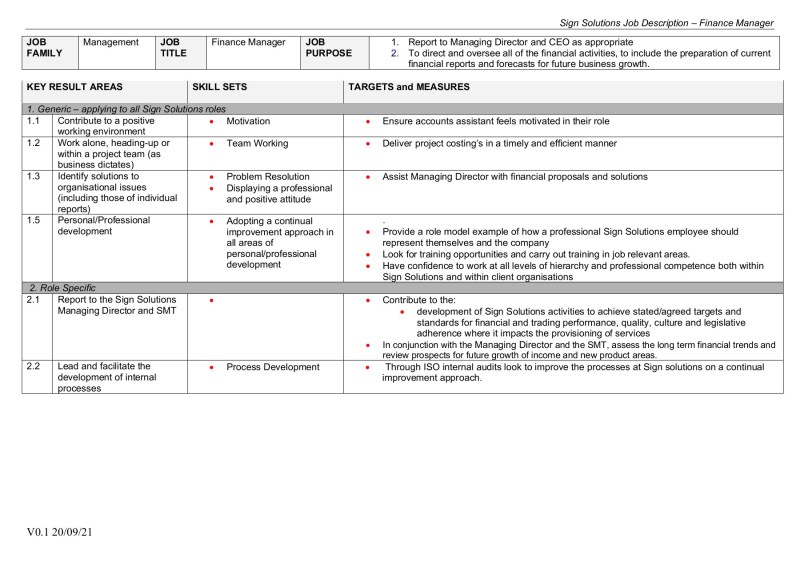Where Do Outlet Stores Get Their Merchandise
Where Do Outlet Stores Get Their Merchandise – This site uses cookies. Select “Disable all non-essential cookies” to allow only the cookies that are necessary to display the content and perform the basic functionality of the site. Select “Accept all cookies” to personalize the site experience with ads and affiliate content tailored to your interests and to allow us to measure the performance of our service.
The aisles of department stores are filled with ordinary-looking pieces at low prices, which often indicate low quality.
Where Do Outlet Stores Get Their Merchandise

Will no longer publish. Thanks to everyone who has read our work over the years. Resources are always available here; For the latest stories, go to Vox.com, where our staff covers consumer culture on Vox Products. By registering here, you can also see what we are doing.
Best Thrift Shops In Singapore For A Good Bargain
The New Jersey socialite, an avid label buyer who frequents samples and department store release events, was browsing the Last Call aisle at Neiman Marcus a few months ago when she spotted a DVF piece. No stranger to the brand, Weitsz sensed something was wrong.
“The pattern was beautiful and the dress fit perfectly the way DVF does all her clothes, but something was off,” she explains on a recent trip to New York. “I think it might be the fabric or maybe the texture. I don’t know, but I haven’t been back since.”
There’s a lot of fun in sale shopping: finding great deals on your favorite designers, discovering trends you missed last season, snagging wardrobe staples on the cheap. Many buyers believe that they are really finding gems, if what they intend to buy came from their favorite stores a few times ago, but it has been returned, it is too full, or it is not the best seller.
In fact, most of the items sold in large department stores are made or purchased specifically for those stores, and designers and retailers make common items at low prices, which often indicate low quality.
Burberry Accused Of Using Deceptive Price Tags At Outlet Stores
Neiman, Nordstrom, Bloomingdale’s, Barneys New York, and Saks Fifth Avenue all have locations; Consumers flock to these stores to buy name brands and believe they are buying vintage items that have been carefully preserved. However, this is not really the case. For example, Nordstrom Rack says that only 20% of the goods sold come from their stores and website, while the rest is bought exclusively from the outlet.
“We can buy items that are available from our retail partners,” said Naomi Tobis of Nordstrom Rack. “For example, there may be a closure of the end of the season or an excess inventory with a brand that needs to be deleted. In some cases, and you can see it on our community page and our inventory levels, we buy that closure or excess product at the end of the season and keep it in stock for a certain period of time.”
For those who shop at Neiman Marcus stores, things get even more confusing. Neiman has two types of retail locations: Last Call Planning Centers feature more clothing from full-price stores, while Last Call Studio stores sell items designed for these locations. Yes, it has been done. Ginger Reeder, vice president of corporate communications at Neiman Marcus, says the company works with designers such as Tools, Theory, Stuart Weitzman, Tahari, Furla, Kate Spade New York and Vince to design and produce merchandise for its stores. Although he wouldn’t confirm whether the list is substandard, he noted that the items are designed for a “preferred customer.”
“We found that for the aspirational customer, they’re looking for a designer experience like Neiman Marcus, but at a lower price,” Reeder said. “Most of the designers we carry are the designers we have in our full-line stores, but there may be a different fabric or buttons or the finish may be different. I don’t call the clothes cheap, they are cheap. For example, a DVF dress may have a pattern, which is not carried in our full-line stores, so we make a batch of them in the Studio stores .
The Only 7 Outlet Stores Worth Shopping
Barneys and Saks have not commented, but it is safe to assume that the sales methods at Barneys Warehouse and Saks Off 5 are similar. According to Buzzfeed, the managers of Saks Off 5 told investors last year that only 10% of their clothes come from Saks, 25% is “private sales”, and the rest is made by some sellers in the outlet.
The formula used by these stores—designers subverting their original concepts with low-quality materials and production methods to achieve low prices—wouldn’t seem so sly if consumers knew what they were buying. Reeder says customers at Neiman Marcus stores are fully aware of the difference in store advertising, but unclear labels continue to confuse customers. If the DVF Weitzz dress that I almost bought was like the full price of the $350 dress, but it’s made of cheap materials and sold for $150, “shouldn’t the price tag say $150 and ‘compare $350?'” he asks. .
Amondo Redmond, director of Gap stores, notes that Gap stores (including Banana Republic) carry clothing designed exclusively for them. Unlike big department stores, they’re very vocal about this difference: There’s no overflow in traditional Gap or Banana stores, and Redmond says the company tries to be as direct as possible about its marketing. He believes there should be more honesty in business than telling customers what they are buying.
“One of the things we’re trying to do is try to be transparent about what this is providing,” Redmond said. “It’s always good for brands to be transparent about what they offer. We’re clear: If you like Gap, you’ll like our site. We offer designs with a different value, and that’s our way of being visible. We think other brands will follow.”
Things To Know About Aritzia’s Surprisingly Affordable Outlet Stores In Canada
Some shoppers I spoke to weren’t surprised by these shady tactics and said they might not be bothered by the low quality of the clothes because the alternative—going to a discount store like Old Navy—isn’t an option for brand-savvy shoppers.
“I don’t expect shops to tell me that their clothes are made of low quality materials. This is obviously bad for them,” says Phil Popowitz, a 25-year-old who sells work shirts at department stores. such as Ralph Lauren, Calvin Klein and Nautica. “Obviously it’s a ‘pay for what you get’ situation and that doesn’t stop me from shopping there. There’s no other option for me because I’m not going to go to regular stores and spend tons of money. and design at Target!”
“I take shopping seriously and have had great experiences at thrift stores,” Gidding said. “Some of my favorite clothes are from thrift stores. I don’t think it’s cheap, and if it is, I certainly don’t feel it. I’m just happy that the clothes match the designer’s style. They’ve found a way to communicate their true creative style and that’s enough for me.”
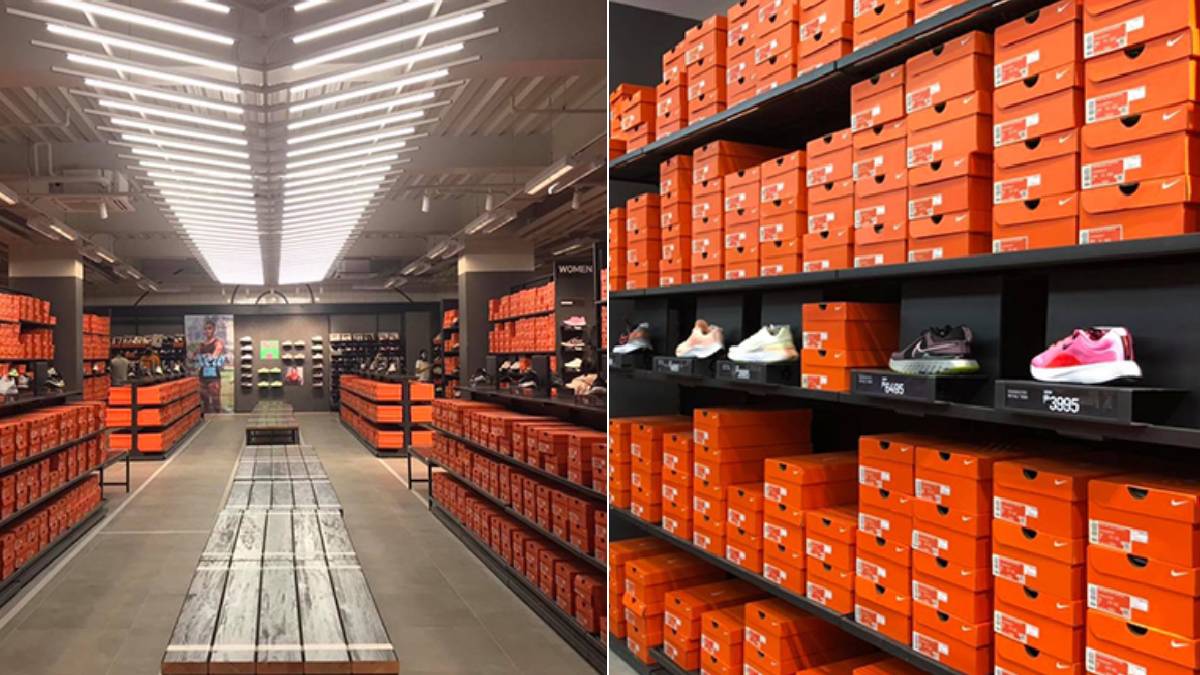
Still, the store’s deceptive practices have drawn the attention of many, including members of Congress. Earlier this year, three senators and one representative wrote to the Federal Trade Commission, demanding an investigation into “potentially misleading marketing practices in stores across the United States.”
Amid Us Retail Gloom, Uniqlo Shines On Covid Triggered Revamp, Et Retail
They state that the country’s 300 malls generated about 25 billion dollars in 2013 and, in addition to being the fastest growing part of the retail industry, they are also considered a vacation spot for travelers (in other words, a tourist trap). Citing issues such as misleading labels and price tags, they wrote that “store customers are misled into thinking they are buying products intended to be sold in a regular store,” and noted that the tags may violate the FTC’s anti-deception pricing rules.
“Historically, stores offer excess inventory and damaged items that retailers cannot sell in regular stores,” the January letter said. “Today, however, some analysts estimate that more than 85% of goods sold in retail stores are produced exclusively by those stores. Direct-market merchandise is often of lower quality than merchandise sold in retail locations. Although some retailers use different marketing methods. brand names and labels, distinguishing between products produced only by stores and others that are not. This leaves consumers at a loss in ensuring the quality of products marked from store to store.
The FTC will not confirm or deny that it has launched a point-of-sale investigation, but it is clear that the concerns of Congress have not fallen on deaf ears. In March, two months after receiving the letter, the FTC published an article on its site titled “FTC Tips: How to Shop Smartly at Outlet Malls.” Other tips include knowing the regular prices at department stores and shopping out of season to make sure you’re buying things that are on sale instead of on sale.
“Know that when you buy something that looks new and
Asics Factory Outlet
Where do dollar stores buy their merchandise, where do stores get their merchandise, where do dollar stores get their merchandise, where do outlets get their merchandise, where do retail stores get their merchandise, where do stores buy their merchandise, where do department stores buy their merchandise, where do vendors get their merchandise, where do thrift stores get their merchandise, where do clothing stores buy their merchandise, how do dollar stores get their merchandise, where do street vendors get their merchandise
